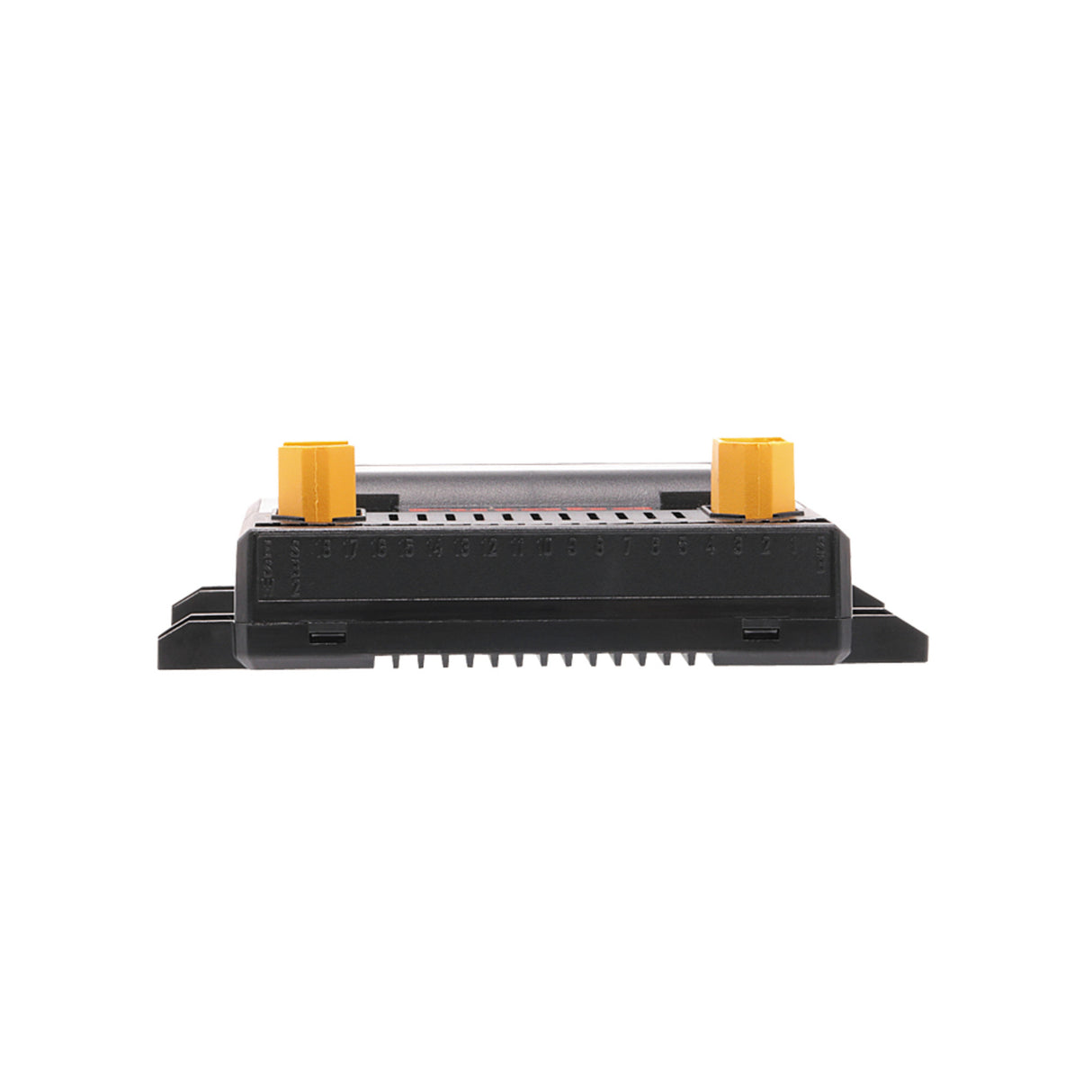-
Signal Redundancy
As aircraft and their control systems become more advanced, they may react more sensitively to even brief disruptions in signal reception.
To address this the Dual Rx Link System allows the use of an additional sub-receiver. This setup uses four antennas to capture signals from the transmitter. Positioning the main and sub-receivers as far apart as possible helps mitigate the effects of radio interference. This interference can be caused by objects that block signals, such as engines, motors, fuel, or batteries.
The Dual Rx Link System operates by using the signal from the main receiver to control the servos under normal conditions. If the main receiver experiences an issue, the system will switch to use the signal from the sub-receiver for servo control.
This system is available with the FDLS-1, DLPH-2 and all R72** / R73** receivers
-
Power Redundancy
Two power supply batteries can be connected to the DLPH-2. Power is supplied from the battery with the highest voltage. The operating time is the total time of the two batteries combined. Even if the voltage of one battery drops, power will be supplied from the other battery. Safest operation is provided when two batteries are used, however it is possible to use a single battery if desired. Use batteries with sufficient capacity for the specifications and number of servos to be used.
The DLPH-2 employs an electronic switching system (current is controlled by the onboard FET circuit). When the switch is set to ON or is removed, power remains on by default.










